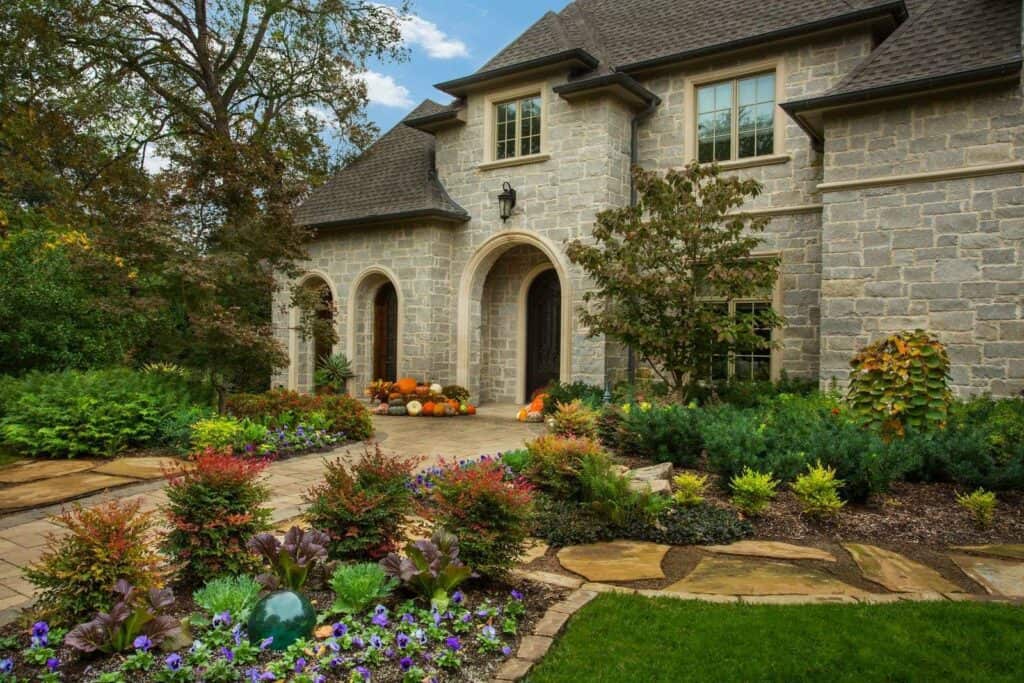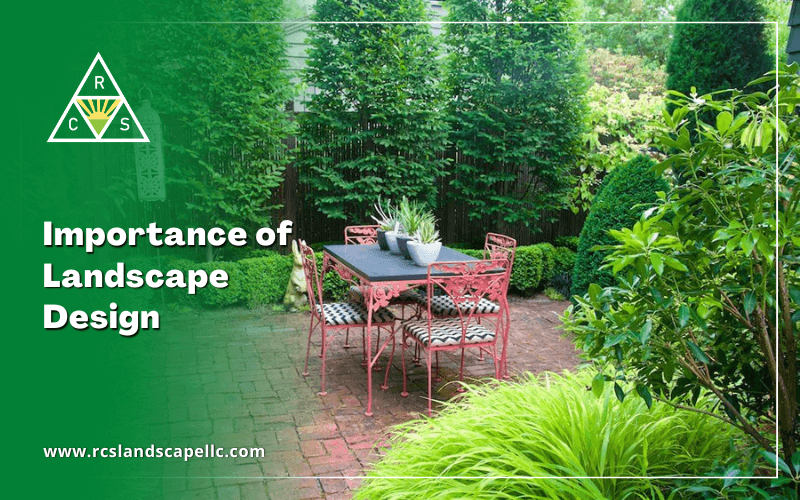Landscape Design Things To Know Before You Buy
Table of ContentsLittle Known Questions About Landscape Design.A Biased View of Landscape DesignSome Known Factual Statements About Landscape Design The Single Strategy To Use For Landscape Design
When making a residential landscape, one of the most vital action is to put an intend on paper. Developing a master plan will certainly save you time and money and is most likely to lead to an effective design. A master strategy is created via the 'style procedure': a detailed technique that thinks about the environmental problems, your wishes, and the components and principles of design.The 5 actions of the design process include: 1) carrying out a website inventory and evaluation, 2) identifying your needs, 3) producing practical representations, 4) creating conceptual style plans, and 5) attracting a final style plan. The very first 3 steps develop the aesthetic, practical, and horticultural demands for the style. The last two actions then apply those requirements to the creation of the final landscape strategy.
This is an essential step for both plant choice and positioning and finding family members tasks and functions. It is very important because the very same climate problems that affect the plantstemperature, humidity, rainfall, wind, and sunlightalso affect you, the customer. The next step is to make a listing of your needs and desiresthis helps you establish exactly how your backyard and landscape will certainly be utilized.
The functional representation is then made use of to find the activity spaces on the website and from this diagram a theoretical strategy is established. The last action is a final style that includes all the hardscape and planting details that are required for installation. Throughout the layout process there are ten crucial points to consider: for plant choice and task place by considering what you desire and require to help establish shapes and arrange spaces by designating activity areas and linking with aspects for both the setting and the user by making use of massing and layering techniques such as change areas and prime focus in the products, the colors, and the surface area textures for the development and upkeep of plants by using lasting style practices A detailed inventory and analysis of the website is very important to determine the ecological problems for plant development and the best use the website.
Unknown Facts About Landscape Design
The type of dirt establishes the nutrients and dampness available to the plants. It is constantly best to utilize plants that will flourish in the existing dirt. Although soil can be amended, change is often expensive and many times inefficient. Existing plants can offer hints to the soil type. Where plants expand well, keep in mind the soil problems and make use of plants with similar expanding demands.

Sun/shade patterns, the quantity and size of exposure to sunlight or color (Figure 1), develop microclimates (often called microhabitats) - Landscape Design. Recording website conditions and existing vegetation on a base map will certainly reveal the place of microclimates in the lawn. Plants typically fall under a couple of of 4 microclimate categories-full sunlight, partial shade, shade, and deep color
A Biased View of Landscape Design
Utilities such as power lines, septic tanks, underground energies and roofing overhangs determine plant location. Make use of a land surveyor's plat of your residential read review or commercial property for the borders and location of your home.


Figure out the time and money you are ready to put right into maintaining the plants and hardscape-be realistic concerning your intentions and capability. Recommended usage areas. Credit: Gail Hansen, UF/IFAS There are lots of various landscape style motifs- from basic to complex, however it is helpful to select one to lead your plant and material choice.
Lots of people locate it helpful to search in horticulture magazines and books for ideas. This is a good start, however understand that the gardens in the photos were chosen since they are impressive examples. Look at the pictures with a critical eye to gather ideas that you can adapt to your enthusiasm degree, your spending plan and your site.
Make a decision if you intend to open your backyard, close your yard, or a little of both, to these sights (Landscape Design). Simply put, do you want the yard to confine the space around you and associate mainly to your home, or do try this website you want the garden to open views and look external, connecting to the environments? This will certainly give you a starting point to think regarding a style
What Does Landscape Design Do?
Every garden must have a form motif, however not all yards have a style motif. Lots of residential yards have no specific design except to blend with the this link house by repeating information from the design such as products, color, and type.
In a type motif the organization and form of the spaces in the backyard is based either on the form of your home, the form of the locations in between your house and the residential or commercial property borders, or a favorite shape of the home owner. The form style establishes the form and company (the layout) of the areas and the links in between them.
